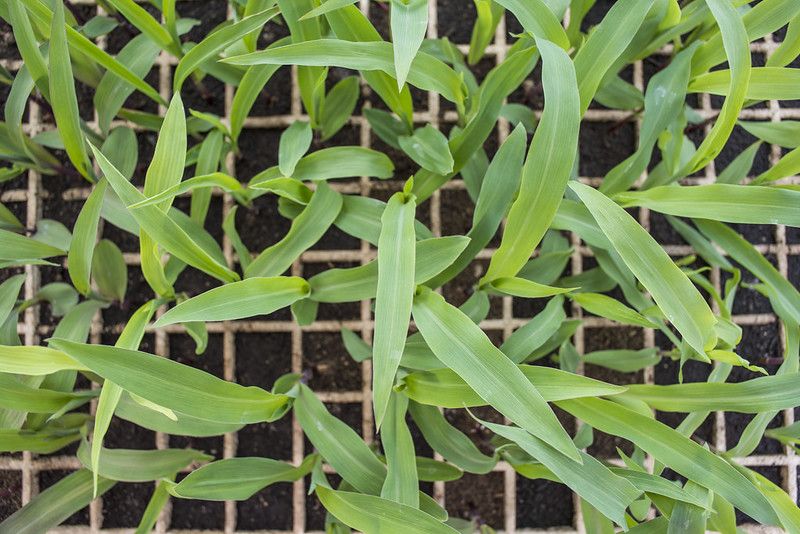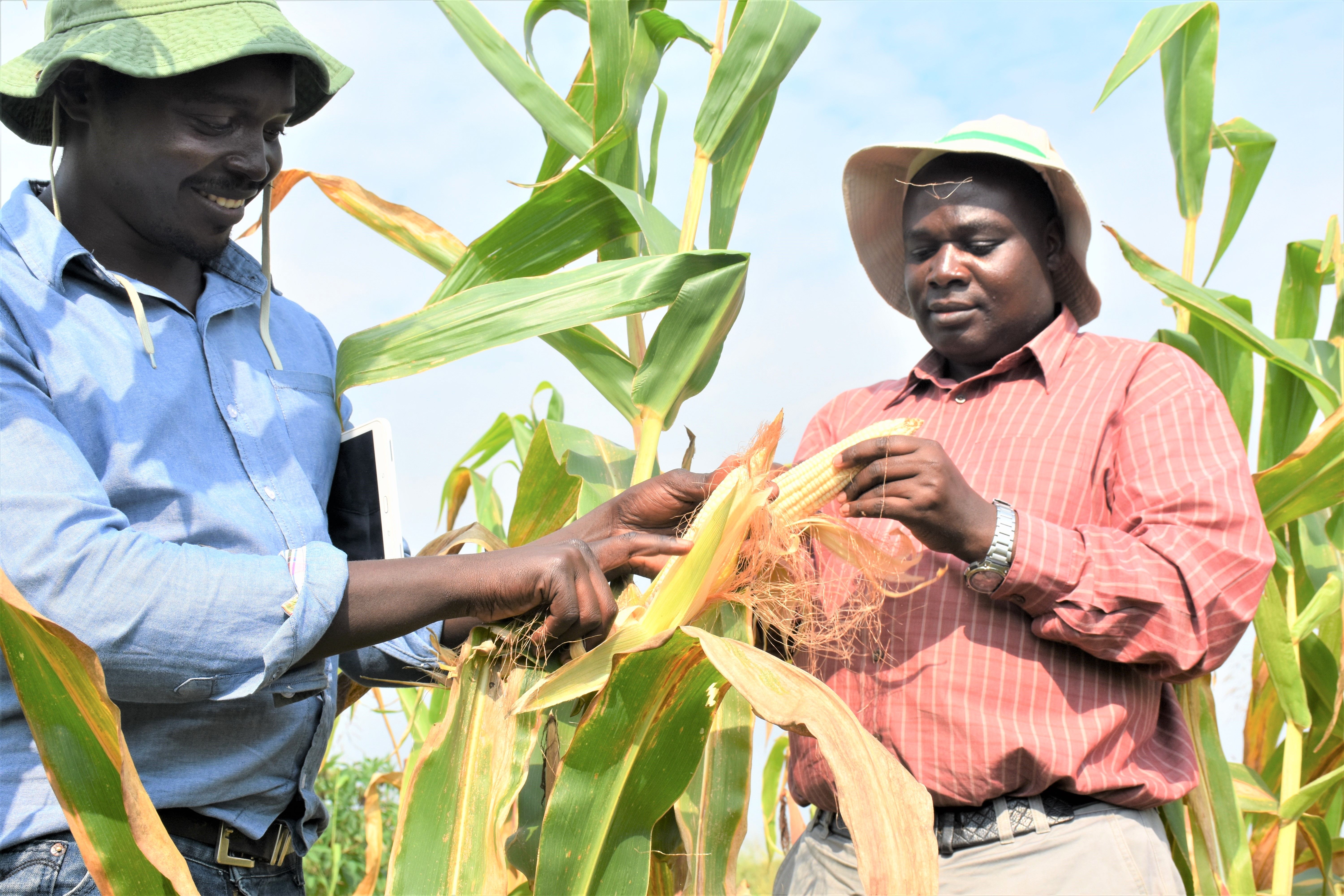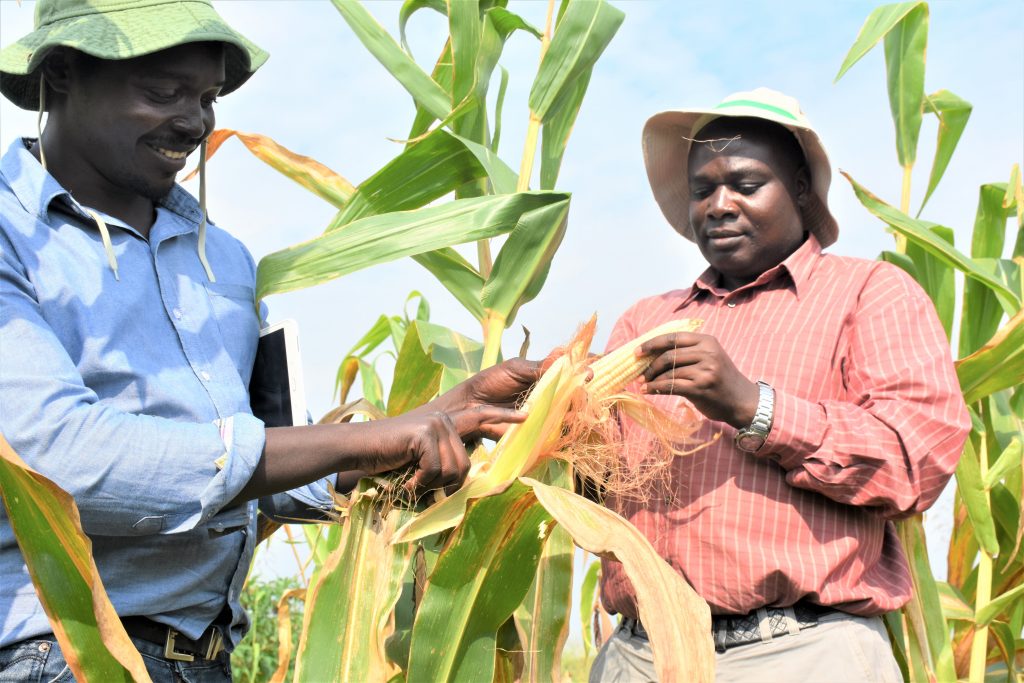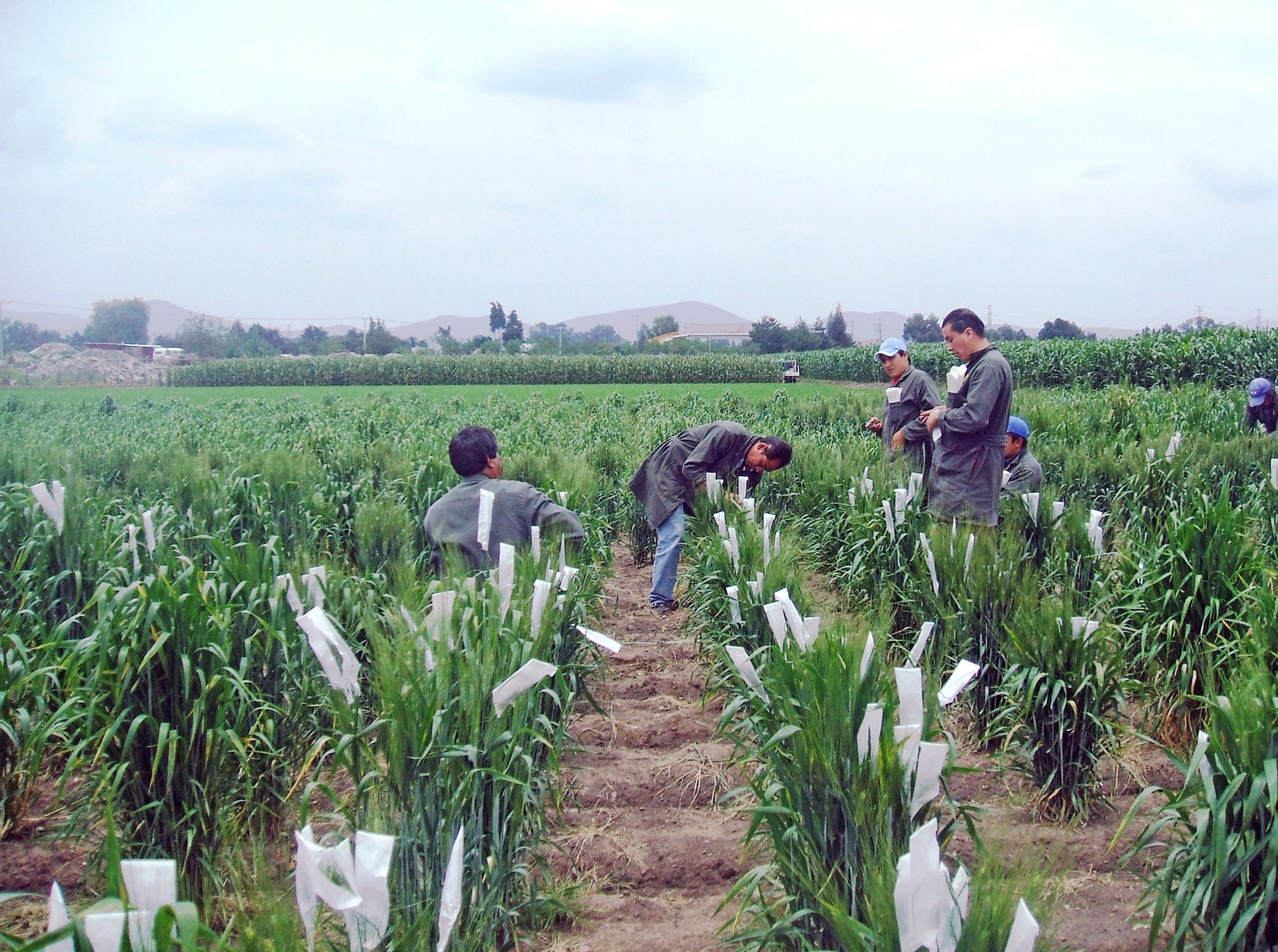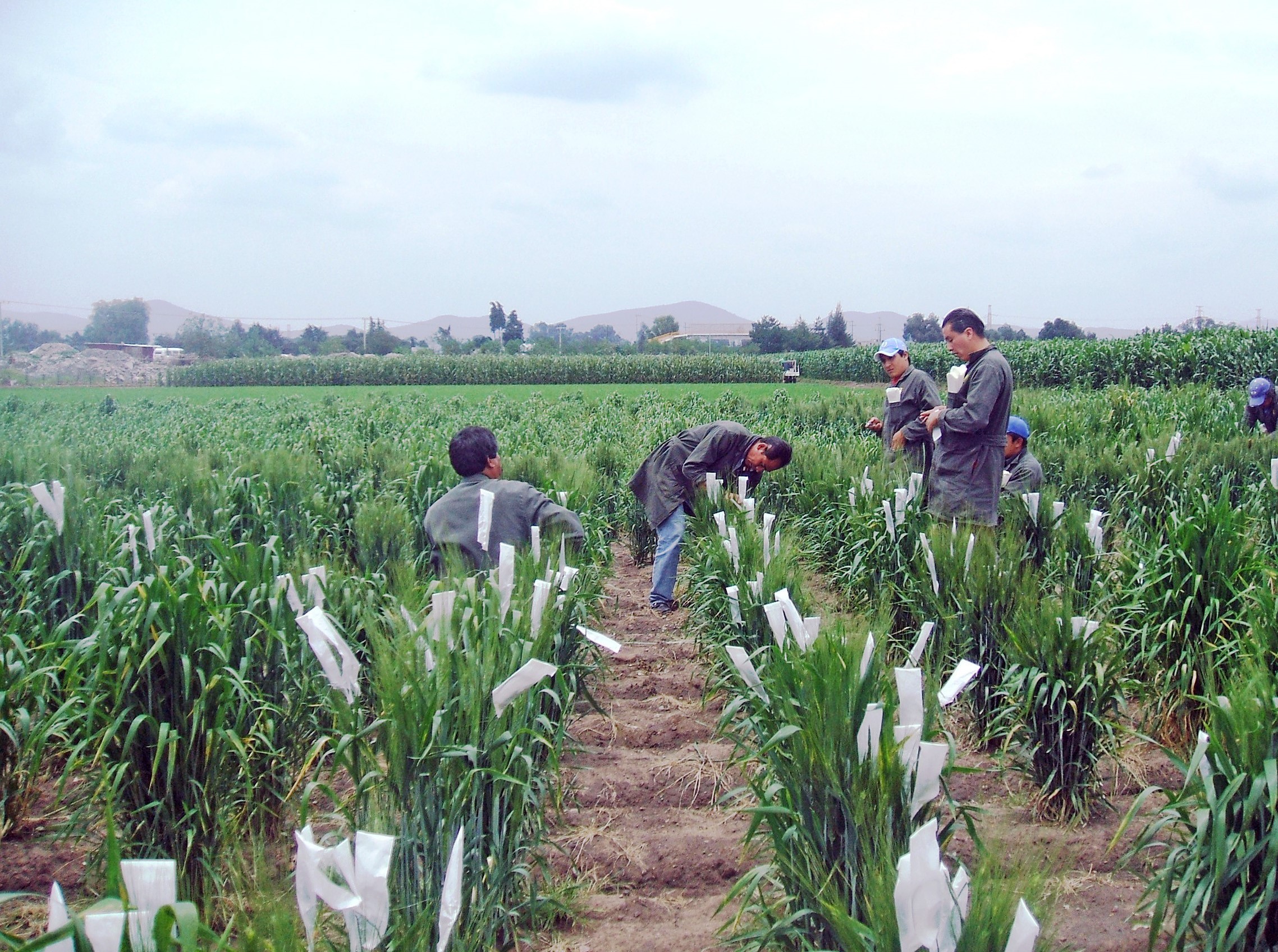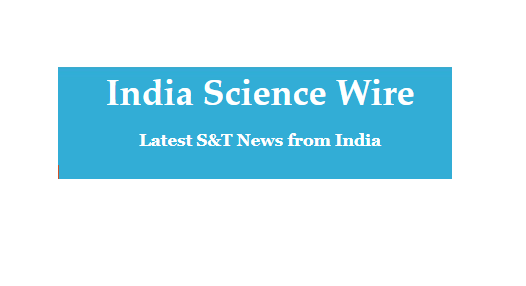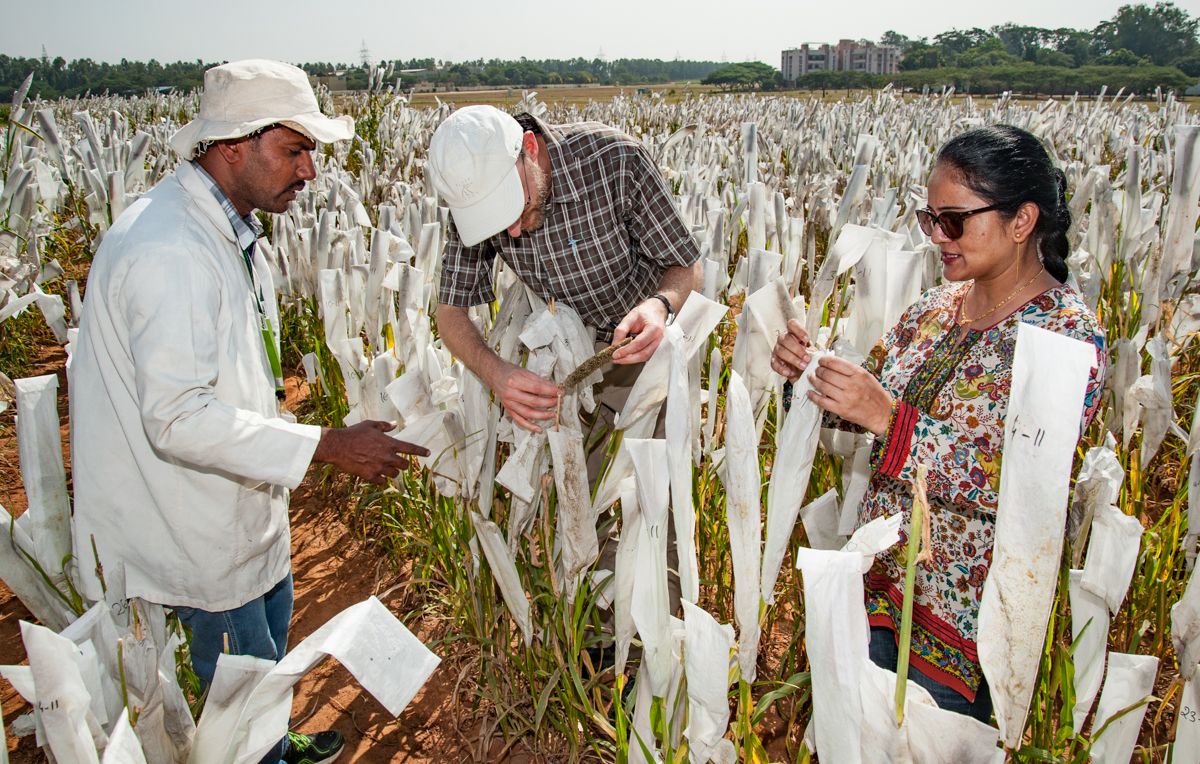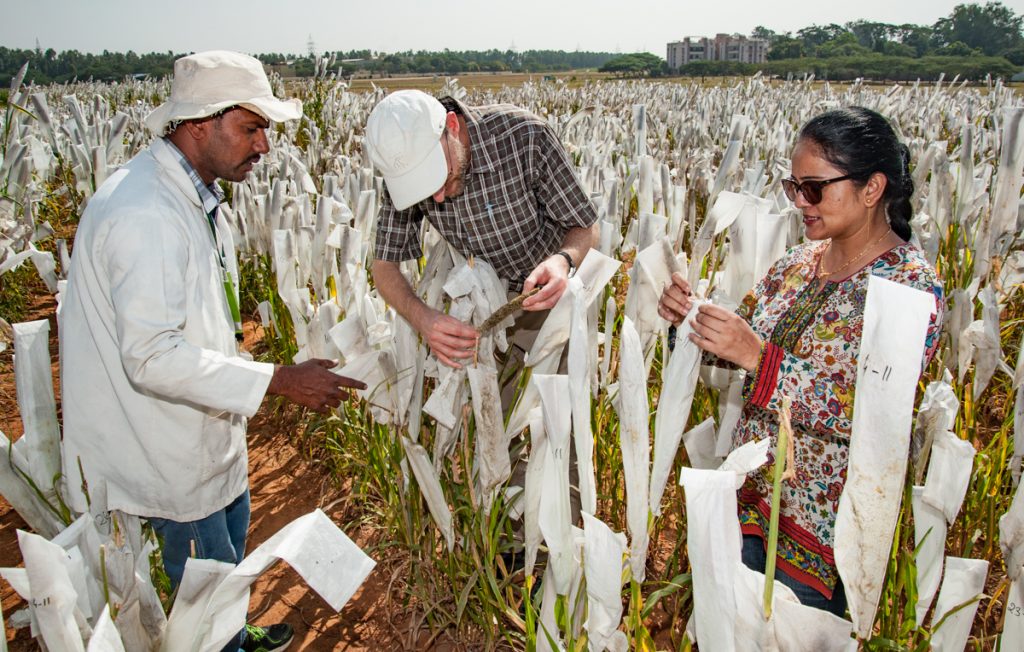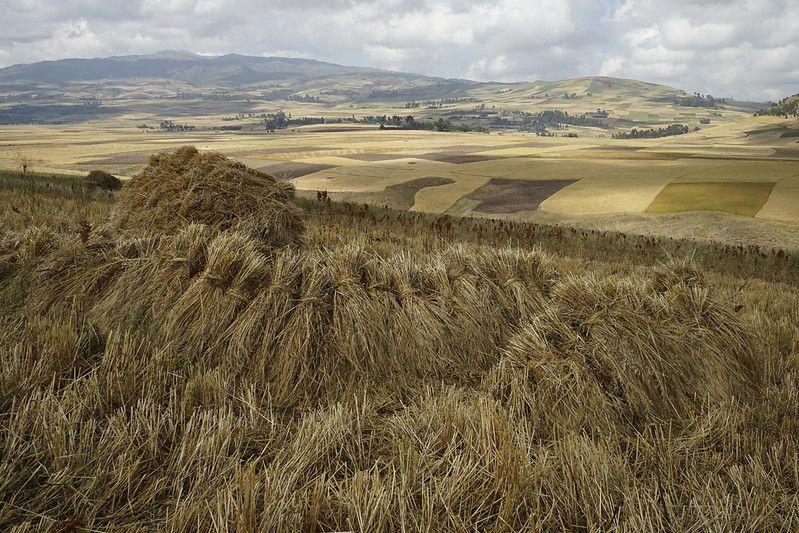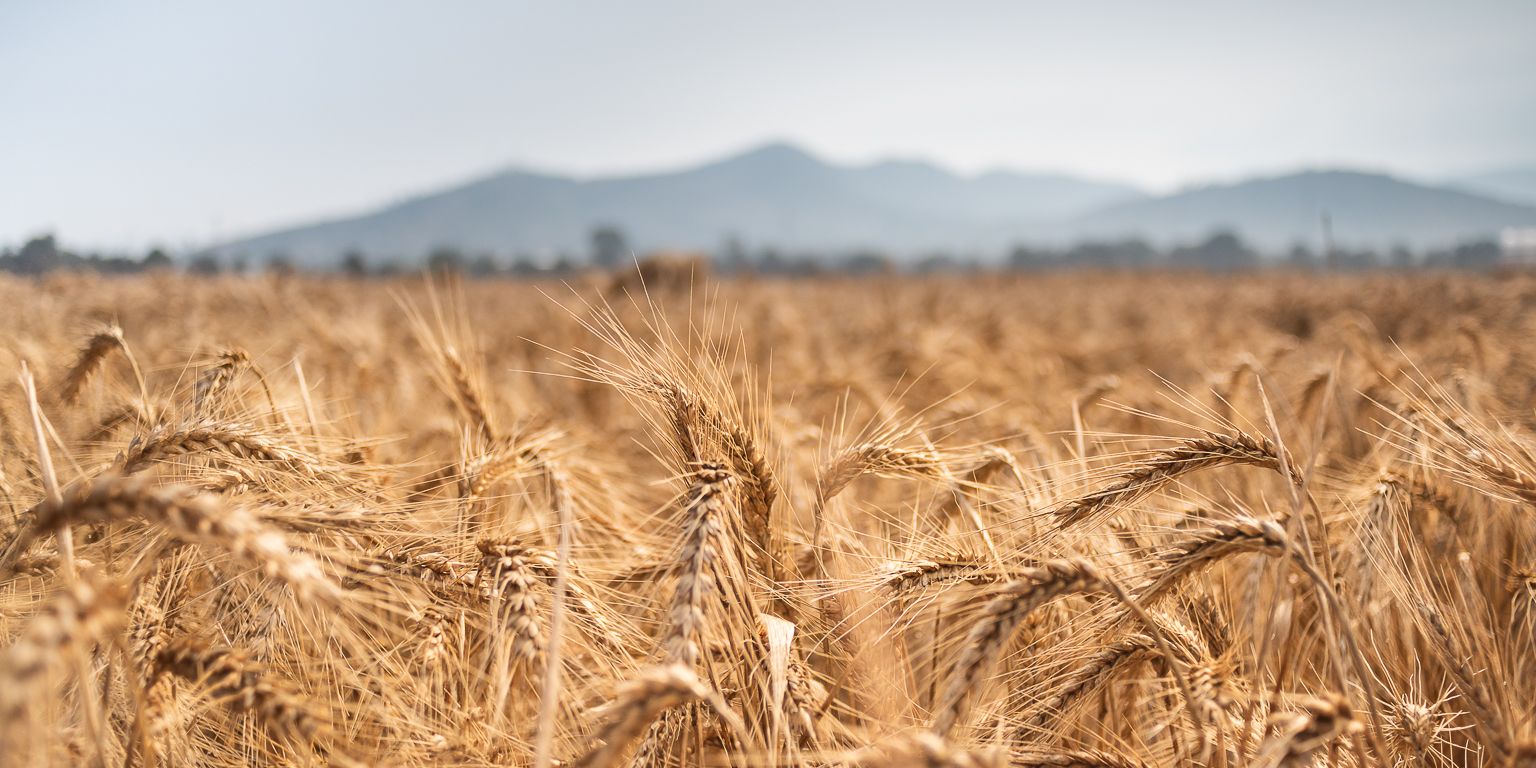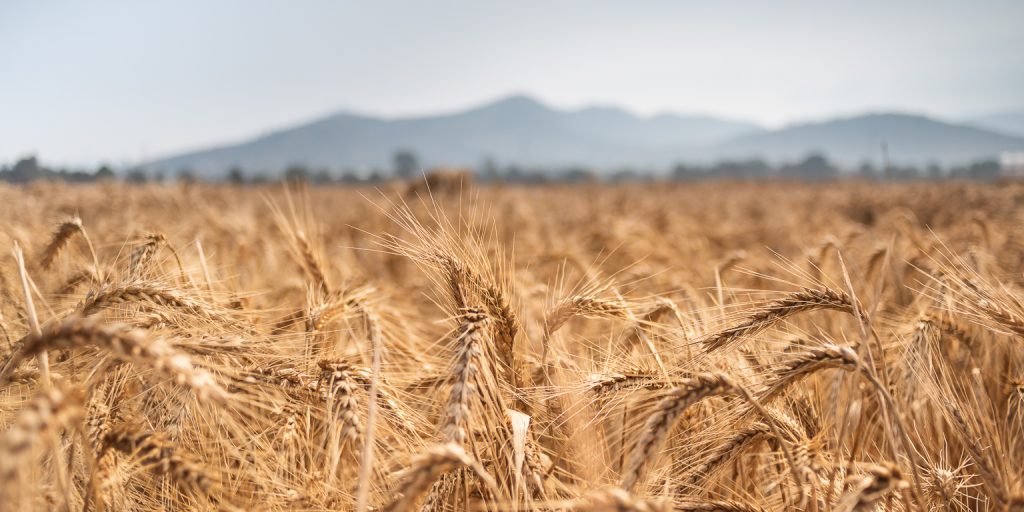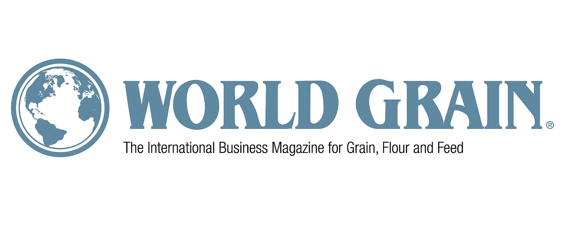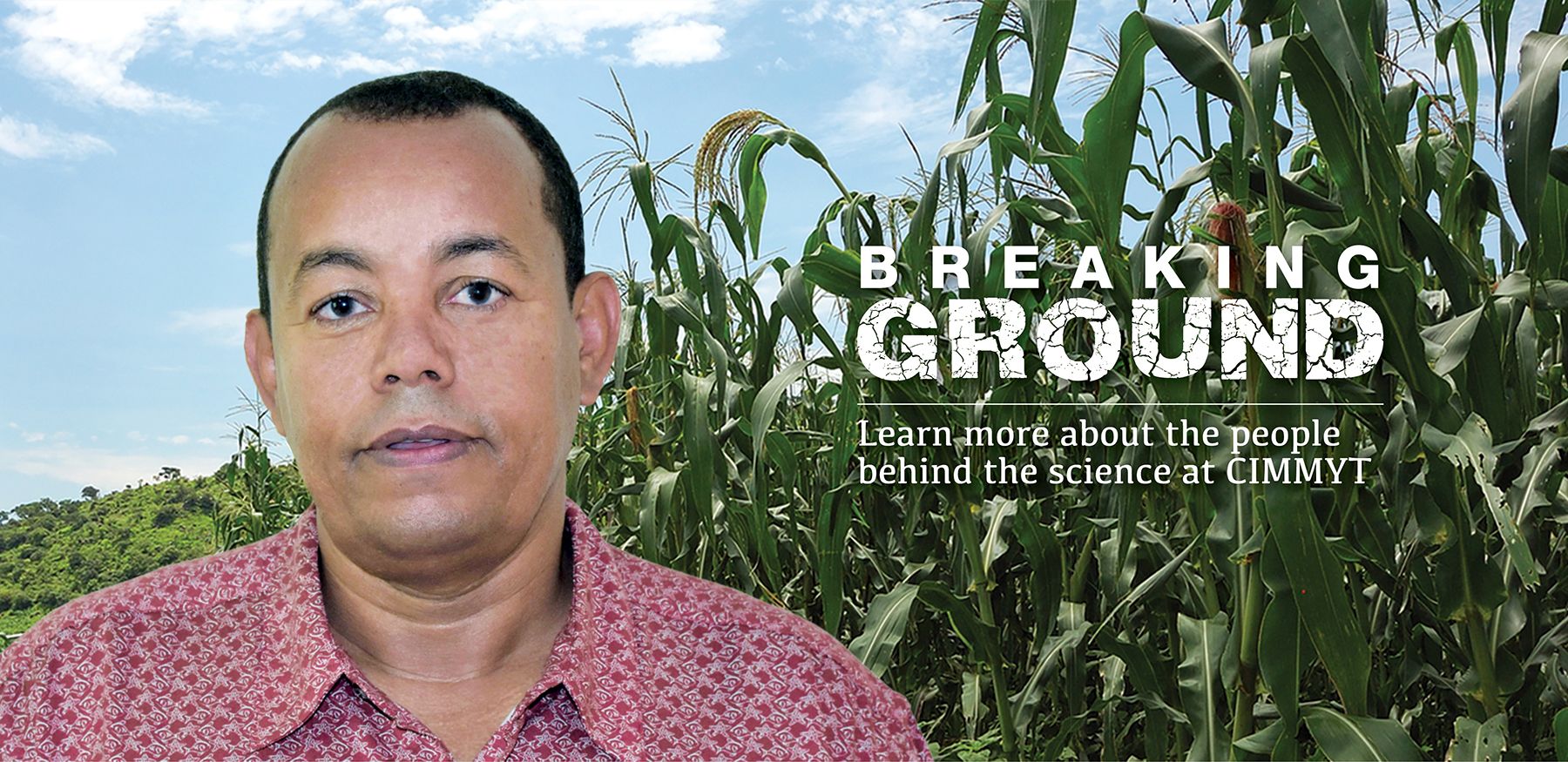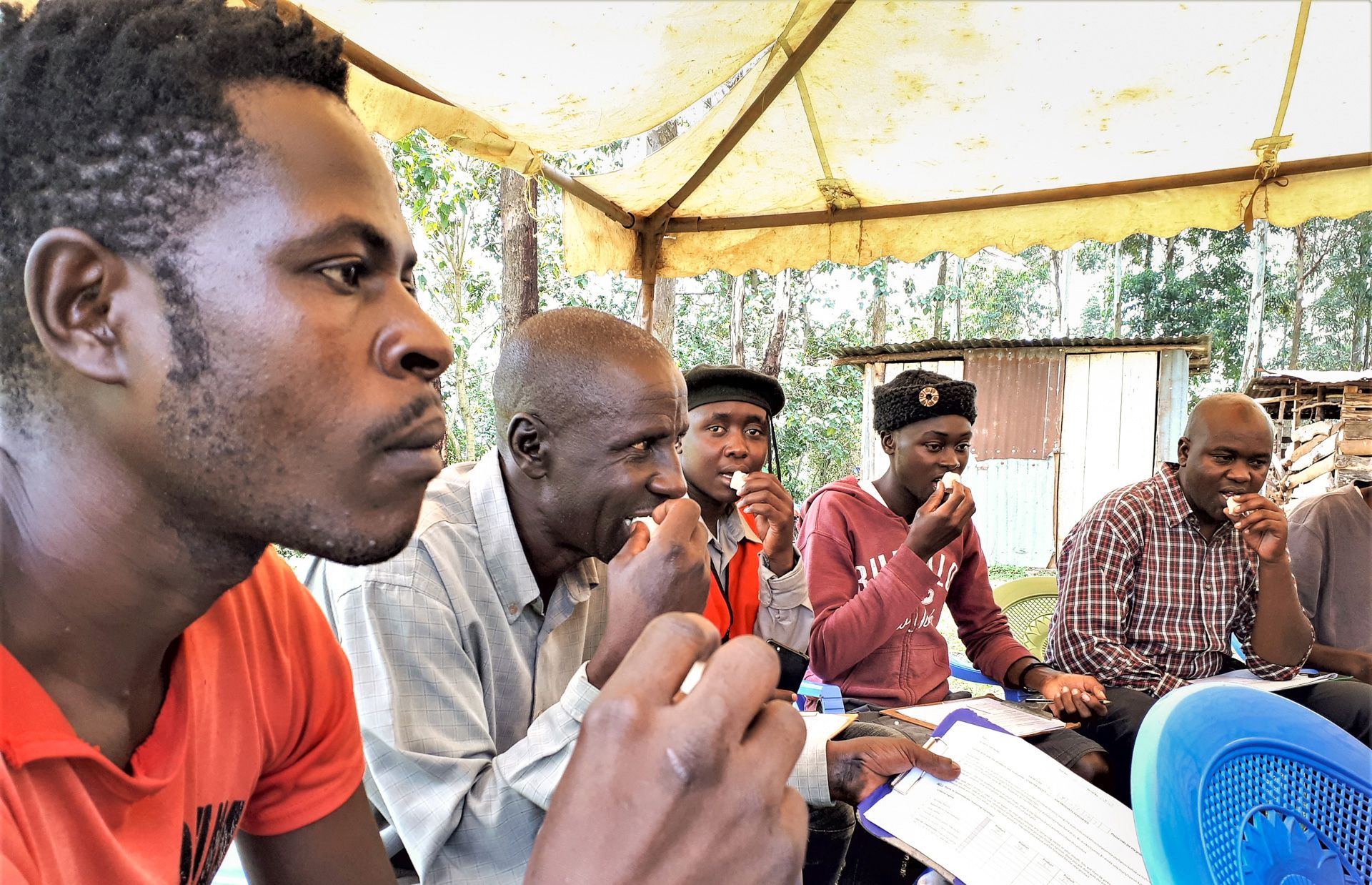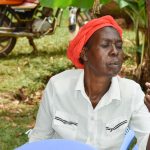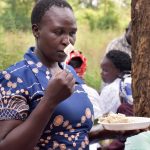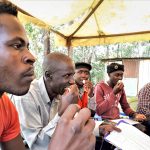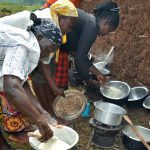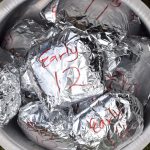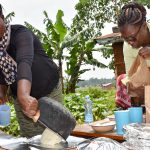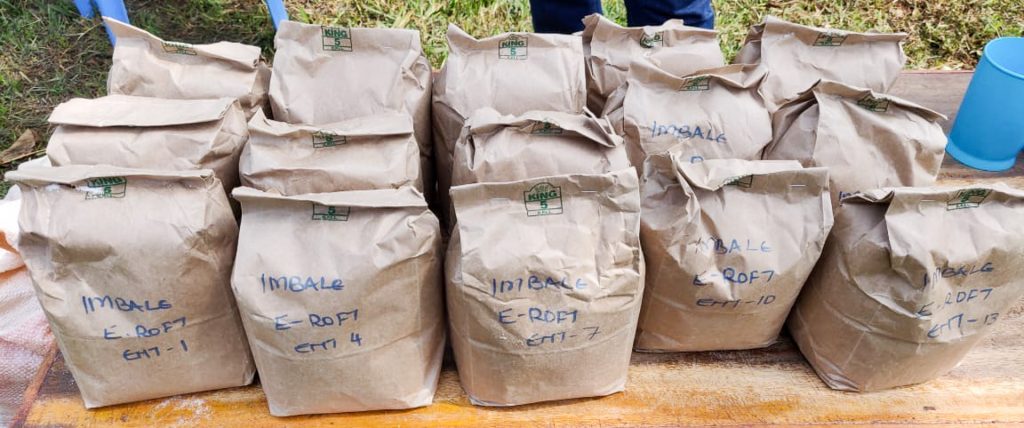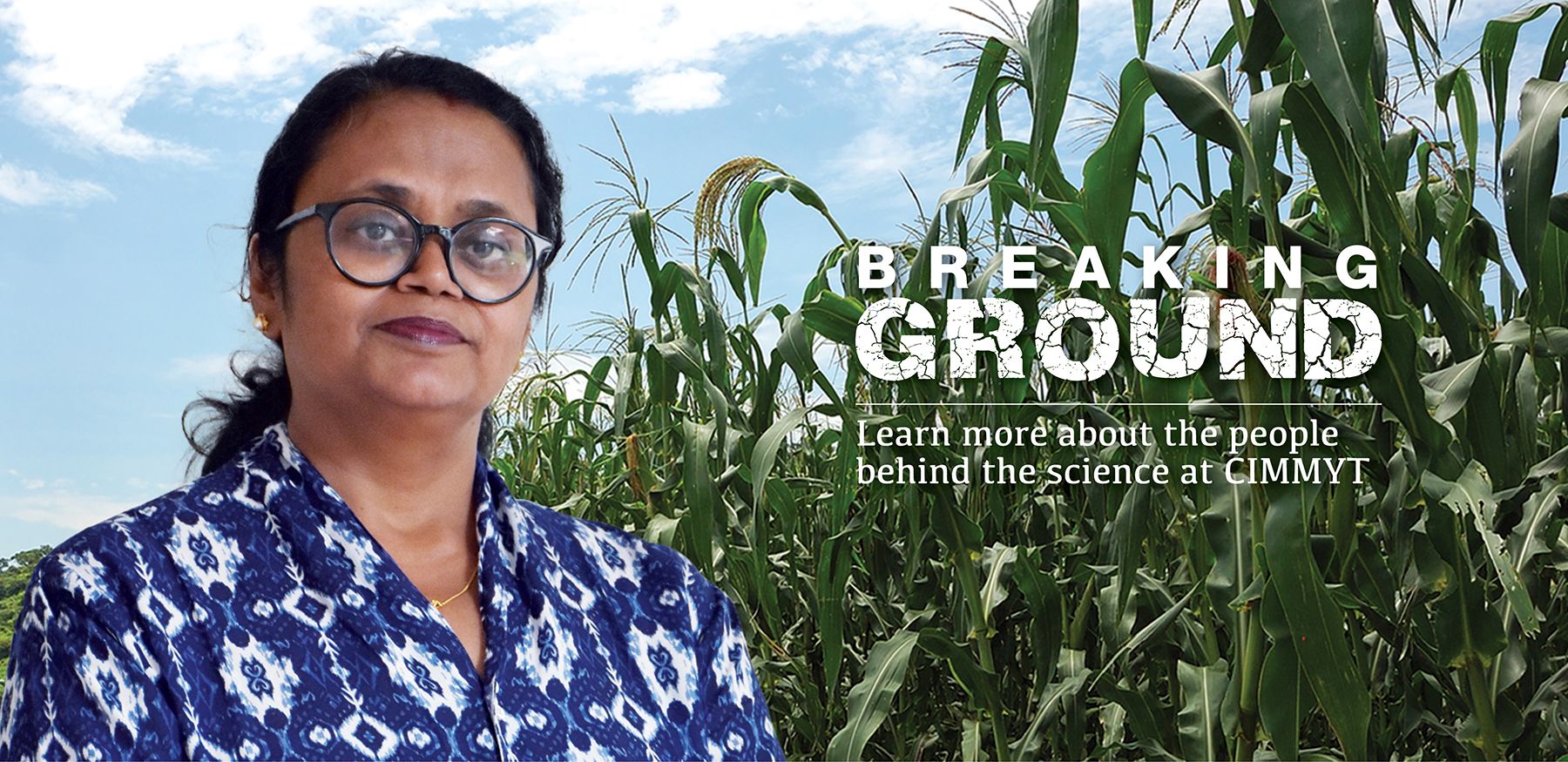Researchers identify optimal strategy to maximize genomic estimated breeding values
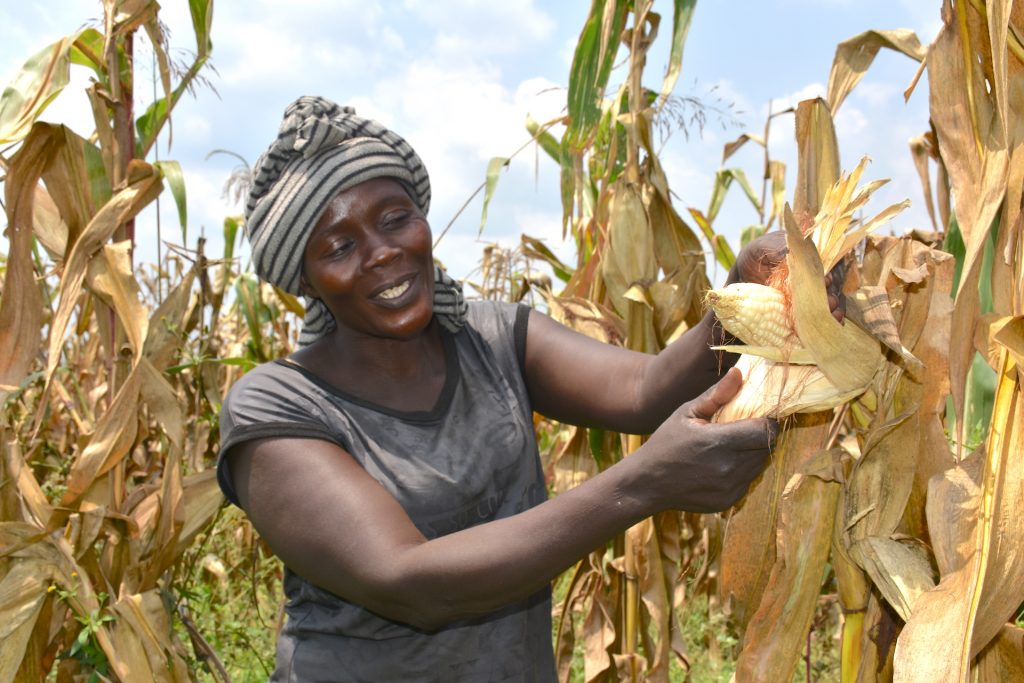
The ultimate challenge for crop breeders is to increase genetic gain of a crop: literally, to increase the crop’s yield on farmers’ fields. Wheat and maize breeders from the International Maize and Wheat Improvement Center (CIMMYT) and partner institutions are working to achieve this in record time, developing new varieties tailored for farmers’ needs that are also pest- and disease-resistant, climate-resilient, and nutritious.
This work is part of the Accelerating Genetic Gain in Maize and Wheat for Improved Livelihoods (AGG) project. Among other methods, breeders are using state-of-the-art novel tools such as genomic selection to achieve this ambitious goal.
In genomic selection, breeders use information about a plant’s genetic makeup along with data on its visible and measurable traits, known as phenotypic data, to “train” a model to predict how a cross will turn out — information known as “genomic estimated breeding values (GEBV)” — without having to plant seeds, wait for them to grow, and physically measure their traits. In this way, they save time and costs by reducing the number of selection cycles.
However, research is still ongoing about the best way to use genomic selection that results in the most accurate predictions and ultimately reduces selection cycle time. A recent publication by CIMMYT scientist Sikiru Atanda and colleagues has identified an optimal genomic selection strategy that maximizes the efficiency of this novel technology. Although this research studied CIMMYT’s maize breeding programs, AGG scientists working on wheat genetic gain and zinc nutritional content see cross-crop impacts.
Shortening a lengthy process
In the typical breeding stages, breeders evaluate parental lines to create new crosses, and advance these lines through preliminary and elite yield trials. In the process, thousands of lines are sown, grown and analyzed, requiring considerable resources. In the traditional CIMMYT maize breeding scheme, for example, breeders conduct five stages of testing to identify parental lines for the next breeding cycle and develop high yielding hybrids that meet farmers’ needs.
In the current scheme using genomic selection, breeders phenotype 50% of a bi-parental population to predict the GEBVs of the remaining un-tested 50%. Though this reduces the cost of phenotyping, Atanda and his co-authors suggest it is not optimal because the breeder has to wait three to four months for the plant to grow before collecting the phenotypic data needed to calibrate the predictive model for the un-tested 50%.
Atanda and his colleagues’ findings specify how to calibrate a model based on existing historical phenotypic and genotypic data. They also offer a method for creating “experimental” sets to generate phenotypic information when the models don’t work due to low genetic connectedness between the new population and historical data.
This presents a way forward for breeders to accelerate the early yield testing stage based on genomic information, reduce the breeding cycle time and budget, and ultimately increase genetic gain.
Regional maize breeding coordinator for Africa Yoseph Beyene explained the leap forward this approach represents for CIMMYT’s maize breeding in Africa.
“For the last 5 years, CIMMYT’s African maize breeding program has applied genomic selection using the ‘test-half-and-predict-half’ strategy,” he said. “This has already reduced operational costs by 32% compared to the traditional phenotypic selection.”
“The prediction approach shown in this paper — using historical data alone to predict untested lines that go directly to stage-two trials — could reduce the breeding cycle by a year and save the cost of testcross formation and multi-location evaluation of stage-one testing. This research contributes to our efforts in the AGG project to mainstream genomic selection in all the product profiles.”
Effective for maize and wheat
Atanda, who now works on the use of novel breeding methods to enhance grain zinc content in CIMMYT’s wheat breeding program, believes these findings apply to wheat breeding as well.
“The implications of the research in maize are the same in wheat: accelerating early testing stage and reducing the breeding budget, which ultimately results in increasing genetic gain,” he said.
CIMMYT Global Wheat Program director Alison Bentley is optimistic about the crossover potential. “It is fantastic to welcome Atanda to the global wheat program, bringing skills in the use of quantitative genetic approaches,” she said. “The use of new breeding methods such as genomic selection is part of a portfolio of approaches we are using to accelerate breeding.”
CIMMYT’s wheat breeding relies heavily on a time-tested and validated method using managed environments to test lines for a range of growing environments — from drought to full irrigation, heat tolerance and more — in CIMMYT’s wheat experimental station in Ciudad Obregón, in Mexico’s state of Sonora.
According to CIMMYT senior scientist and wheat breeder Velu Govindan, using the approaches tested by Sikiru can make this even more efficient. As a specialist in biofortification — using traditional breeding techniques to develop crops with high levels of micronutrients — Govindan is taking the lead mainstreaming high zinc into all CIMMYT improved wheat varieties.
“This process could help us identify best lines to share with partners one year earlier — and it can be done for zinc content as easily as for grain yield.”
If this study seems like an excellent fit for the AGG project’s joint focus on accelerating genetic gain for both maize and wheat, that is no accident.
“The goal of the AGG project was the focus of my research,” Atanda said. “My study has shown that this goal is doable and achievable.”
Read the study:
Maximizing efficiency of genomic selection in CIMMYT’s tropical maize breeding program
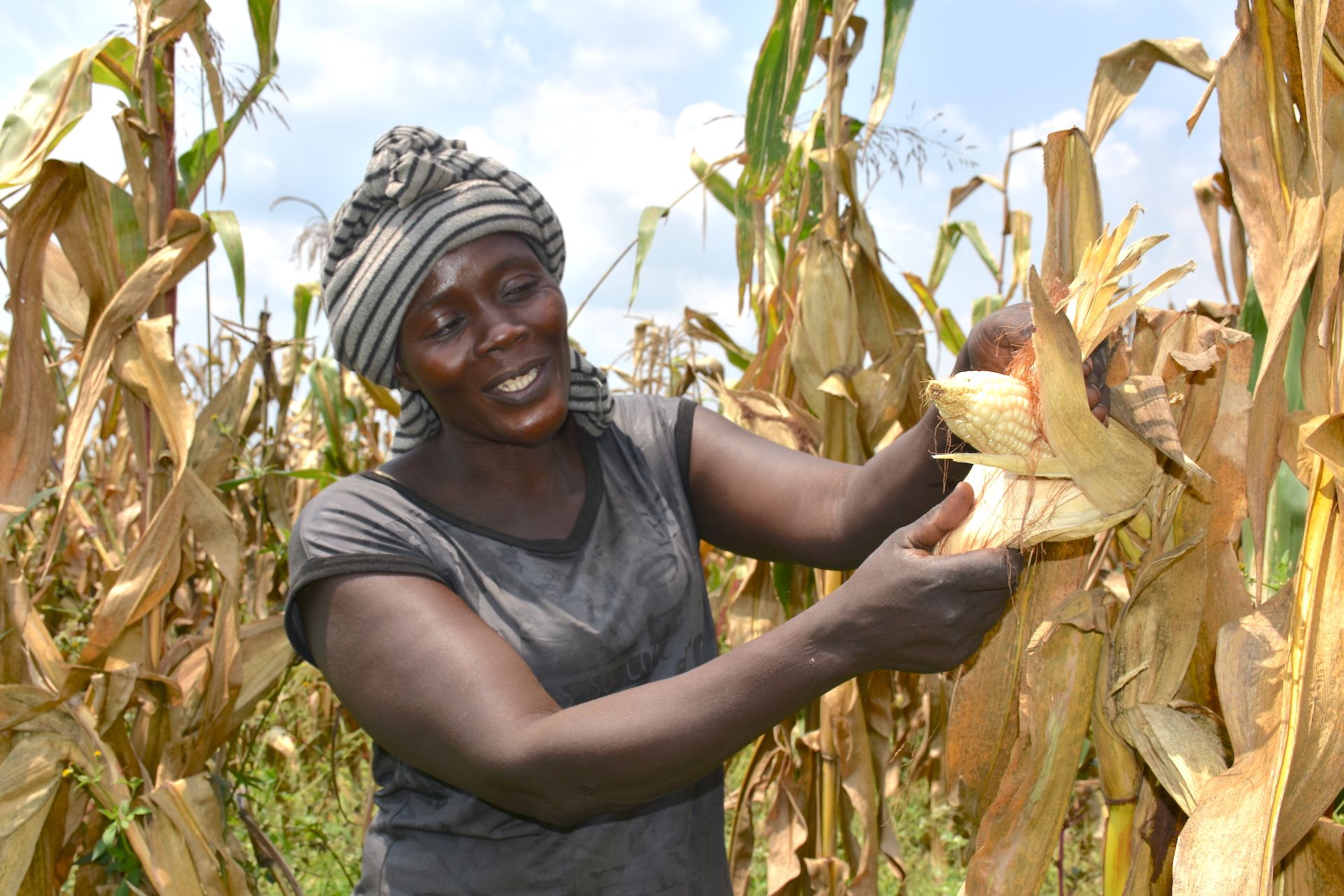
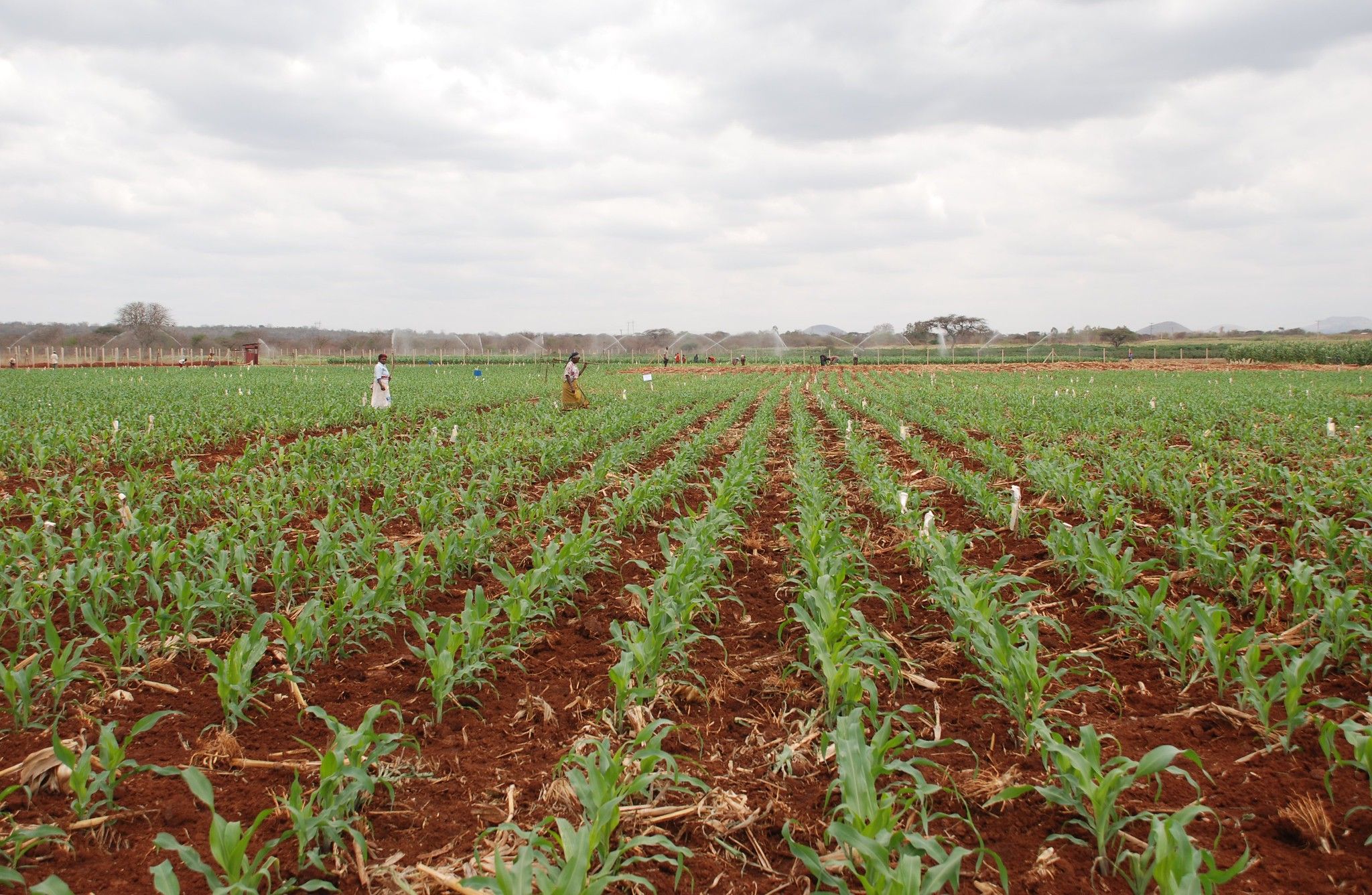
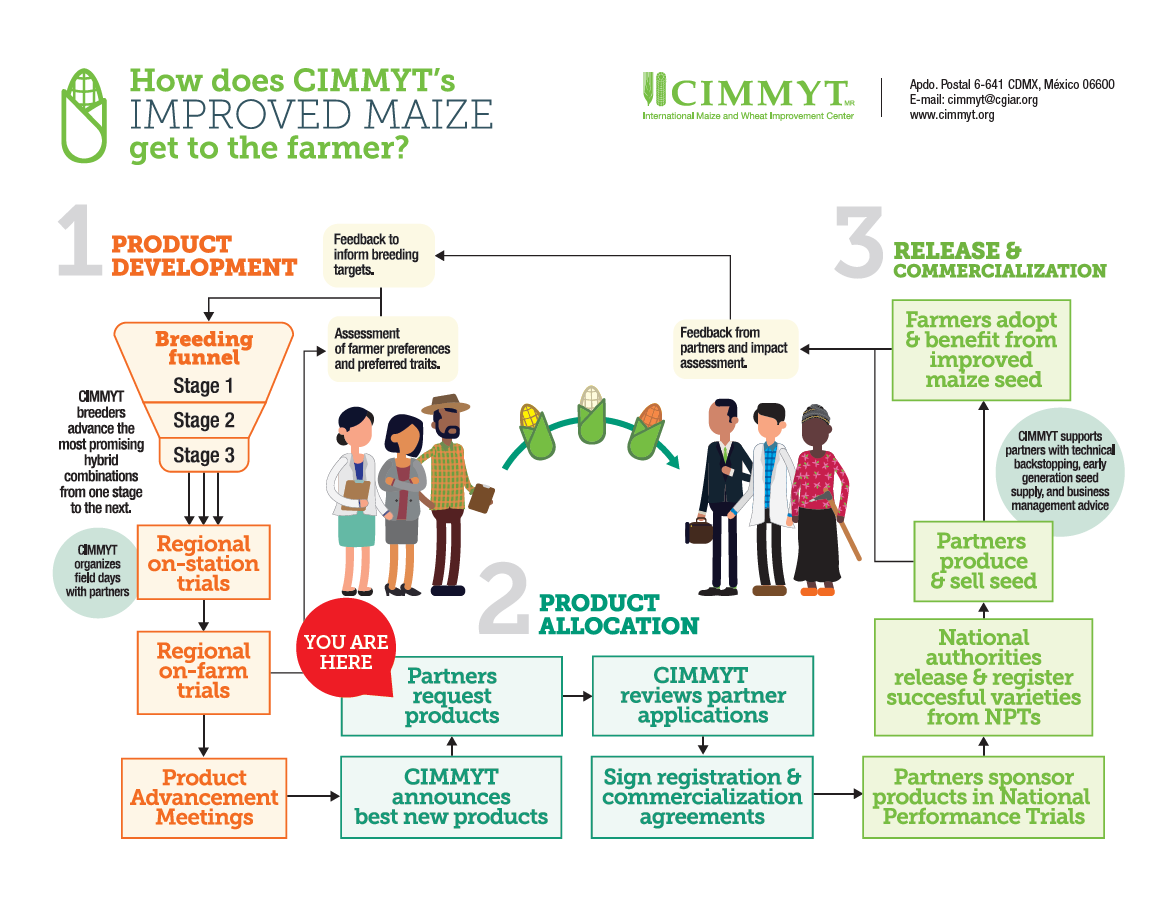
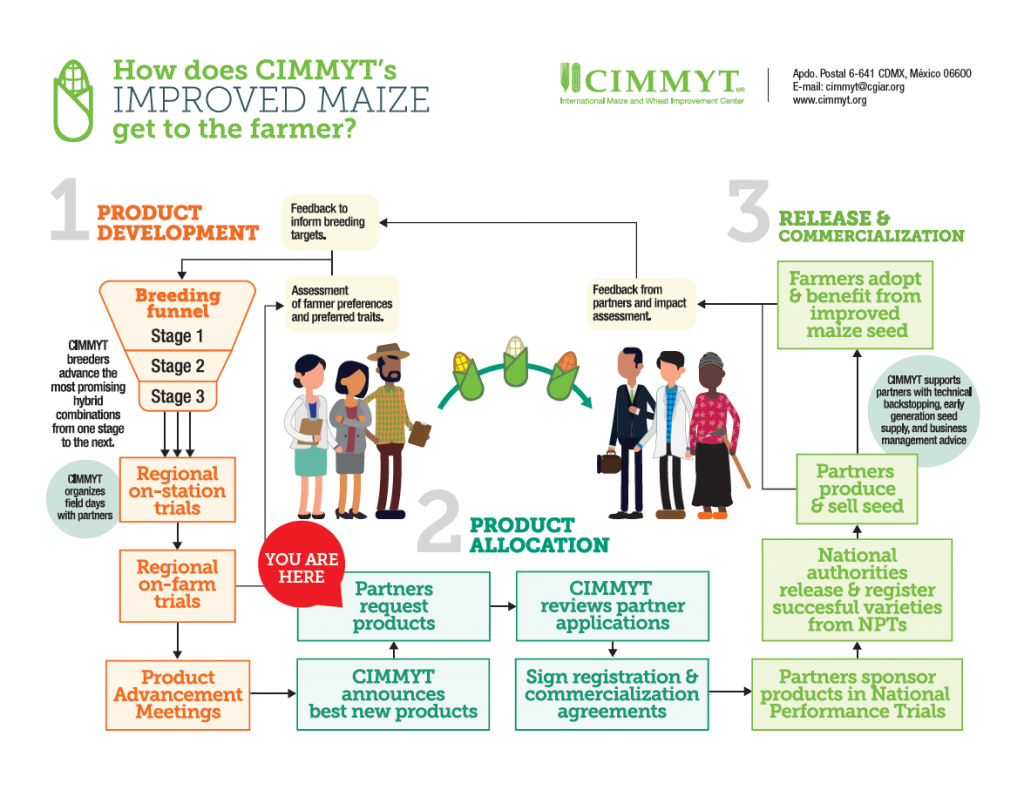 The International Maize and Wheat Improvement Center (CIMMYT) is offering a new set of elite, improved maize hybrids to partners in eastern Africa and similar agro-ecological zones. National agricultural research systems (NARS) and seed companies are invited to apply for licenses to pursue national release of, and subsequently commercialize, these new hybrids, in order to bring the benefits of the improved seed to farming communities.
The International Maize and Wheat Improvement Center (CIMMYT) is offering a new set of elite, improved maize hybrids to partners in eastern Africa and similar agro-ecological zones. National agricultural research systems (NARS) and seed companies are invited to apply for licenses to pursue national release of, and subsequently commercialize, these new hybrids, in order to bring the benefits of the improved seed to farming communities.